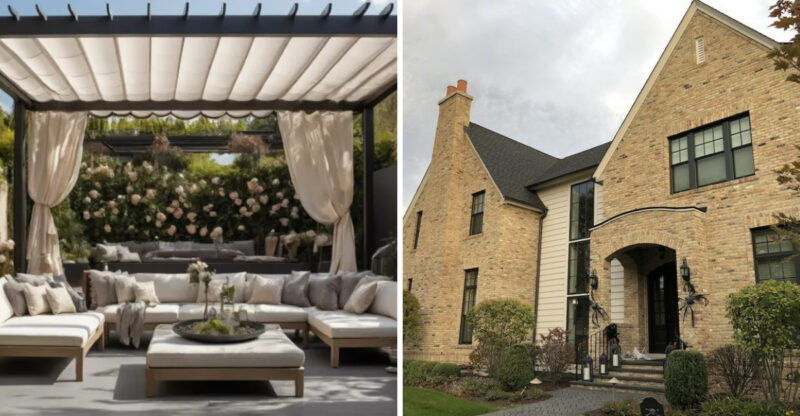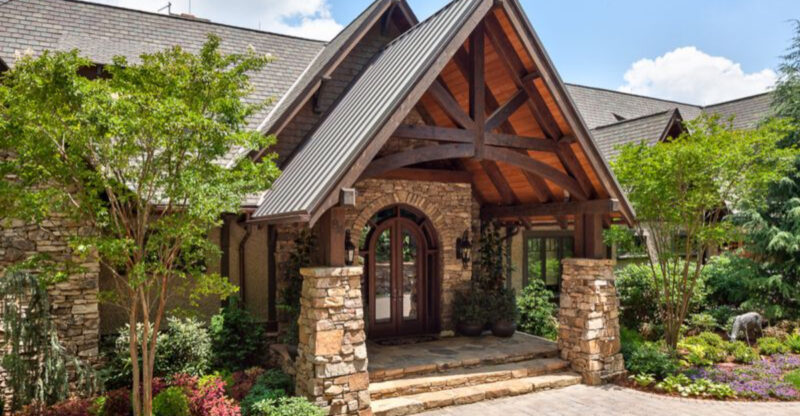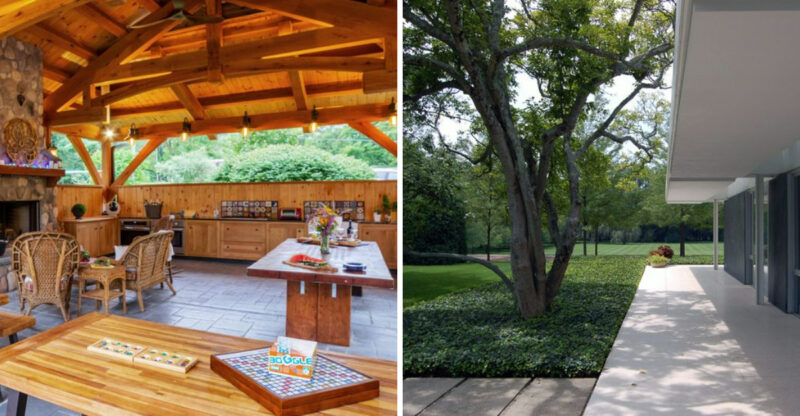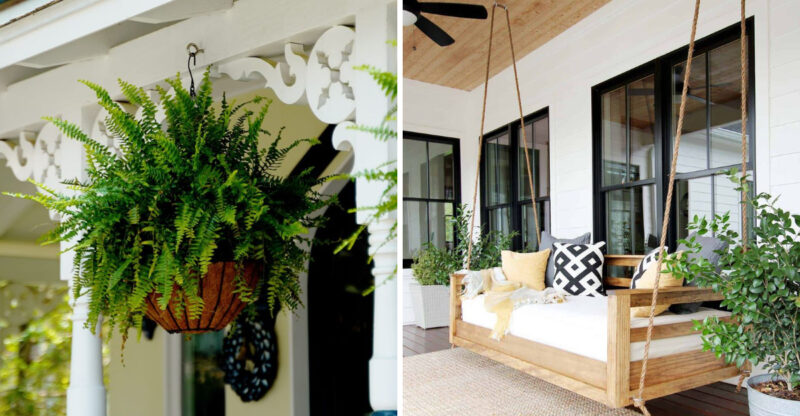8 Garden Design Choices That Might Cause Problems And How To Address Them
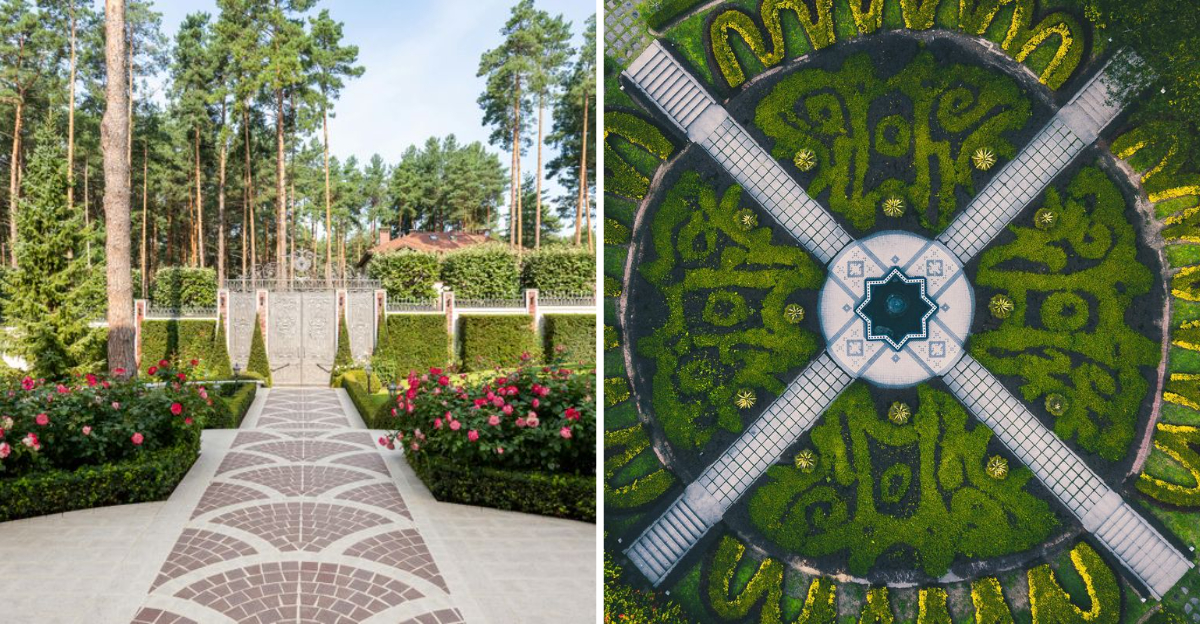
Creating a beautiful garden involves more than just planting flowers and shrubs. Many common design choices can lead to unexpected challenges down the road. Whether you’re planning a new garden or updating an existing one, understanding potential pitfalls may help you avoid unnecessary problems.
The garden design suggestions in this article are for general informational purposes only. Consider local climate, soil, and maintenance needs before making changes. For complex projects or structural features, consult a professional to ensure safety and long-term success.
1. Overcrowded Planting Beds
Plants from the nursery often grow larger than expected. Spacing seedlings too closely creates competition for nutrients and sunlight, leading to stunted growth and disease problems.
Instead, research mature plant sizes before planting and follow spacing guidelines on plant tags. Don’t be afraid of temporary bare spots – they’ll fill in naturally as plants mature.
2. Poorly Chosen Hardscaping Materials
That beautiful limestone patio might look stunning initially, but some materials don’t stand up to your local climate. Freeze-thaw cycles crack certain stones, while some woods rot quickly in humid environments.
Regional weather patterns should guide your material choices. Research how materials perform specifically in your area before making expensive commitments.
3. Ignoring Seasonal Visual Appeal
Gardens focused solely on summer blooms leave landscapes barren and uninteresting for much of the year. A truly successful garden offers visual interest across all seasons.
Mix in plants with varied blooming times, colorful fall foliage, interesting winter bark, and early spring bulbs. Consider evergreens for year-round structure and ornamental grasses that provide movement even in dormant months.
4. Oversized Water Features Or Structures
Large features such as waterfalls or pergolas may dominate small spaces, creating visual imbalance or reducing functionality.
Scale matters! Measure your space carefully and consider how features will look from different viewpoints. Mock up large elements with cardboard or stakes before committing to construction.
5. Invasive Or Fast-Spreading Plants
Certain ground covers and fast-spreading plants (like mint, bamboo, and some vine) may overtake garden areas and compete with other vegetation, choking out other plants and requiring constant battle.
Research plant behavior before purchasing. For known spreaders, use containment strategies like root barriers or dedicated beds. Some aggressive plants are better kept in pots where their roots can be controlled.
6. Designs With High Maintenance Demands
Formal gardens with perfectly clipped hedges and elaborate flower displays might grace magazine covers, but they often require frequent care to maintain their appearance. Without regular maintenance, high-maintenance designs quickly look unkempt and neglected.
Be honest about your available time and energy. Choose lower-maintenance plants suited to your climate, group plants with similar water needs, and consider labor-saving features like drip irrigation.
7. Clashing Garden Styles And Décor Themes
Mixing zen garden elements with cottage garden plantings and southwestern pottery creates visual confusion rather than harmony. Gardens without a cohesive theme often feel disjointed and uncomfortable.
Choose a primary style that suits your home’s architecture and stick with complementary elements. If you love multiple styles, consider creating separate garden rooms with transitions between different themed areas.
8. Overly Complex Garden Layouts
Intricate designs with numerous small beds and narrow paths might look impressive initially but can create significant maintenance challenges over time. Mowing becomes difficult, weeding takes forever, and the overall effect can feel chaotic rather than cohesive.
Embrace simplicity with fewer, larger planting areas and wider paths. Group similar plants together to create visual impact without unnecessary complexity.


